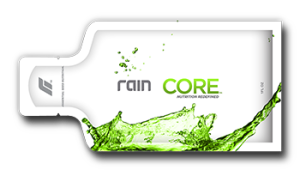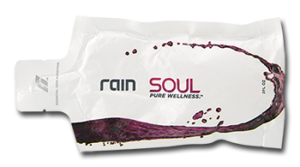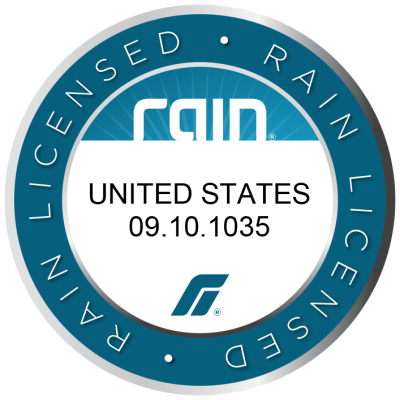What is the Difference in Eggs?
Eggs, eggs, and more eggs! Have you been in the supermarket lately and wondered what Is The Difference In Eggs? Does the color matter? Does it change the taste? In the end, does it matter?
USDA
First off, eggs are marketed according to grade and size standards established by the U.S. Department of Agriculture or by state departments of agriculture. The USDA shield on the carton means that they have been graded for consistency with USDA’s standards. This process is a voluntary grading.
Size versus grade?
Size and grade are two entirely different factors and bear no relationship to one another. The grade is determined by the interior and exterior quality at the time it is packed. Size is determined by the average weight per dozen. All sold at the retail level must meet the standards for Grade B or higher. The grades are labeled AA, A and B. There is no difference in nutritive value between the different grades. So no matter if they are Organic, free range, or any other variation the above applies.
You can use any size for most basic egg recipes. However, most recipes for baked goods are formulas in which it’s important to maintain the proper proportion of liquid to dry ingredients. And to have enough whole egg, white or yolk to perform the needed functions. Most baking recipes are based on large-sized.
What Do The Different Labels Mean?
Standard
Otherwise known as regular, commercially produced, conventional, battery farm, or just “eggs”. These are the most common type found in our supermarkets and shops.
The chickens are generally kept in small cages. Anywhere between 3 – 7 hens per cage. So there is not enough room for the hens to exercise. Thousands of these cages are found in large artificially lit sheds that can contain from around 20,000 – 100,000 birds altogether. The hens are fed a high protein diet. Which also contain antibiotics, hormones, and other chemicals. Due to a high output and minimum care for the birds, the cost of this type of egg is low. Therefore standard eggs are the cheapest eggs that you can buy in the shops.
Barn-Laid
These hens are kept indoors. In large barns covered with straw and are separated into pens. Rather than into small cages. The hens have much more room to move around and are able to carry out their natural activities. Such as spreading their wings, scratching for food and even socializing with other hens. This method of egg farming has been approved by the RSPCA and is considered a much more humane way to keep hens. Some say that a happier and healthier hen produces a better quality egg.
Are cage-free eggs organic
These come from hens that have outdoor access during the day and are able to run around outside. Usually in an area covered with natural vegetation. They are fed a wholly organic grain feed. Which has been organically grown and therefore must not contain any pesticides, herbicides or fertilizers or GMO’s. The birds are raised in a healthy environment and are fed only natural ingredients. They are not given any antibiotics, hormones or meat by-products to fatten them up or make them grow bigger. Once the eggs are laid, no artificial coloring or vitamins are added, which accounts for the paler color of the yolk. Most people immediately notice a difference in the taste of organic eggs also. Although organic eggs are more expensive than regular eggs, you know what you are putting into your body. And that the hen that laid the eggs has been well cared for.
Are free-range eggs better for you?
Produced by hens that have daily access to an outdoor area with vegetation, weather permitting. Although they are housed for the majority of the time in large barns. Even though the hens are housed indoors, they are never kept locked up in cages and the size of the flock is regulated. They are able to wander around and exercise even while indoors.
Vegetarian
This type of eggs is produced by hens that are only fed a vegetarian diet. Thus not consuming any meat or fish products. The hens are kept in cages and therefore are not classed as “free-range”.
Omega-3
Hens that produce omega-3 enhanced eggs are fed a special vegetarian diet that consists of canola, linseed and flax seed. These products are all rich in omega-3 essential fatty acids. Which means that the eggs produced all contain higher levels of omega-3 fatty acids than other types of eggs. Omega-3 fatty acids are primarily found in oily fish and therefore most people do not consume adequate levels of this beneficial fatty acid. Although this type of egg is healthier, the hens that lay the eggs generally live in small cages known as battery cages.
 Other Distinguishing Features Of Egg
Other Distinguishing Features Of Egg
As for shell color, they are usually brown or white. Some people think that brown eggs are healthier than white eggs. This is a myth and there is no reason to think this.
Why are some brown and others white?
It all boils down to the breed of the hen that lays the egg. Hens with white feathers and white ear lobes lay white eggs and hens with red feathers and red ear lobes lay brown. There is absolutely no nutritional difference between white or brown eggs, neither one is better or healthier than the other. Brown may be more expensive than white, but this is only due to the fact that brown hens are larger and therefore need more food.
As for yolk color, a paler yolk does not mean that it bad or less tasty, it just means that the hen was fed a diet with paler ingredients. That is to say, bright chicken feed equals bright yellow yolk.
They are a fantastic food that contains a huge number of vitamins and minerals that are required by the body for optimal health and growth. They are also an excellent and affordable source of protein, which is needed to provide essential amino acids to the body. One large hard-boiled egg only contains 78 calories and 5.3g of fat, with only 1.6 of those grams of fat is saturated fat, which is not good for the body and can lead to cardiovascular and heart disease. Eggs also provide significant amounts of vitamin A, B, D, and E and are rich in calcium, iron, selenium, phosphorous, potassium, riboflavin, sodium and magnesium. They are low in sugar and do not contain any carbohydrates.
If you enjoyed this article on What do the different egg options mean click here for more like it!
Happy Eating!
Have an eggscelent day!







